0% Financing Available
What Is a Power Surge?
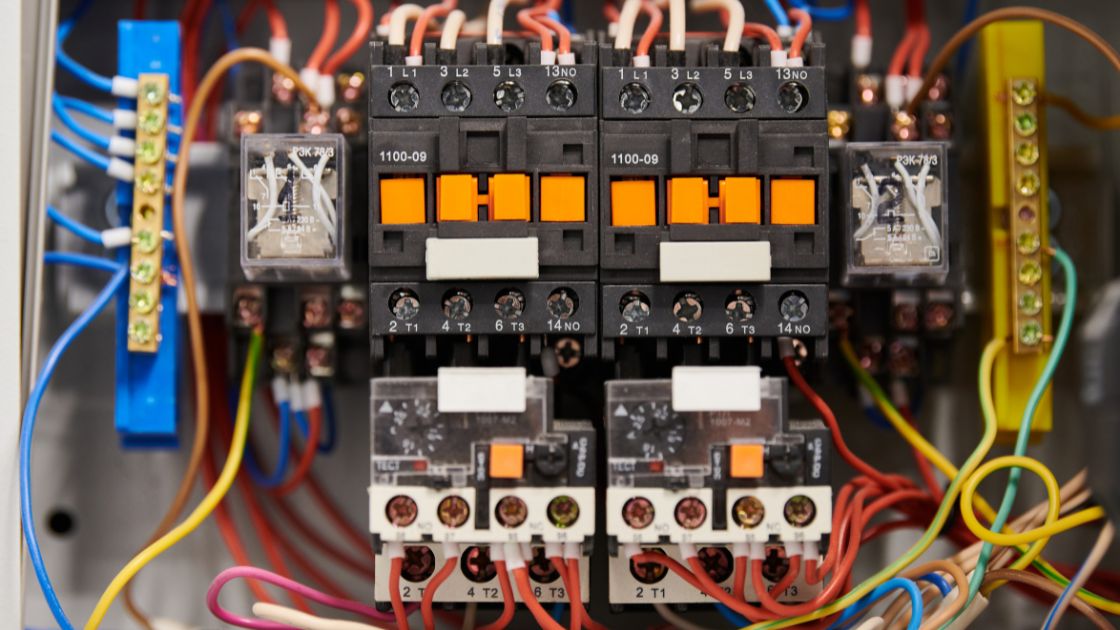
A power surge occurs when there is a sudden, unexpected increase in voltage traveling through your electrical system. Standard household wiring is designed to handle a consistent voltage of approximately 120 volts. When a surge causes the voltage to exceed this level, it can result in damage to any connected devices or electrical components.
Common Causes of Power Surges
Power surges can result from various factors, ranging from external environmental events to everyday household activities:
Lightning Strikes
Lightning is one of the most severe causes of power surges. A nearby lightning strike can send an overwhelming amount of voltage through your electrical lines, damaging appliances and electronics in an instant.
Electrical Overloads
Plugging too many devices into a single outlet or circuit can overload the system, causing an electrical surge. Overloading forces the electrical system to handle more power than it was designed for, leading to potential damage.
Faulty or Outdated Wiring
Old, damaged, or poorly installed wiring can fail to regulate electricity properly, increasing the risk of surges. If your home has flickering lights, frequent breaker trips, or scorch marks on outlets, you may need an electrical inspection.
Utility Company Operations
Power grid switching, maintenance work, and power outages initiated by utility companies can result in voltage fluctuations that trigger power surges.
High-Powered Appliances
Large appliances, like refrigerators and HVAC systems, cycle on and off throughout the day. These cycles can create small but frequent surges, which, over time, may degrade sensitive electronics.
The Dangers of Power Surges
Even though power surges happen in an instant, their effects can be far-reaching:
- Damage to Electronics and Appliances – Excess voltage can fry circuits in computers, televisions, and other devices, rendering them useless.
- Fire Hazards – Electrical surges caused by faulty wiring or overloaded circuits can ignite electrical fires.
- Reduced Lifespan of Appliances – Even minor surges can weaken internal electrical components, leading to premature failure of household devices.
- Data Loss – Power surges can cause sudden shutdowns of computers and servers, leading to data corruption or loss.
What Is Surge Protection?
Surge protection is a system designed to prevent excess voltage from reaching your home’s devices and wiring. It acts as a safeguard, diverting or absorbing voltage spikes before they can cause harm.
Types of Surge Protection
Plug-In Surge Protectors
These surge protectors plug directly into an outlet and are designed to protect individual devices like televisions, computers, and gaming consoles. While helpful, they only offer localized protection and do not cover larger appliances or hardwired systems.
Whole-Home Surge Protection
Installed at the electrical panel, whole-home surge protectors offer comprehensive coverage for your entire home. They shield all connected devices and appliances from electrical surges, providing greater security and peace of mind.
Why Choose Whole-Home Surge Protection?
While plug-in surge protectors provide some protection, they have limitations. Here’s why whole-home surge protection is the superior choice:
Comprehensive Home Coverage
Whole-home surge protectors shield all electrical devices, including hardwired appliances like HVAC systems, refrigerators, and washing machines.
Cost Savings
The expense of replacing appliances and electronics damaged by surges can be substantial. Investing in whole-home surge protection helps prevent these costly repairs.
Defense Against Large-Scale Surges
Unlike plug-in protectors, whole-home systems are designed to handle major events, such as lightning strikes or utility company power fluctuations.
Peace of Mind
With whole-home surge protection in place, you can rest easy knowing your home is shielded from electrical hazards.
Signs You Need Surge Protection
If you’re unsure whether your home is at risk, watch for these warning signs:
- Frequent tripped breakers or blown fuses
- Flickering or dimming lights
- Scorched or burnt electrical outlets
- Unexpected failure of appliances or electronics
If any of these issues are present, it’s time to consider whole-home surge protection.
Preventing Power Surges
Protecting your home from power surges involves a combination of preventative measures and surge protection devices:
- Unplug Electronics During Storms – Disconnect devices during thunderstorms to prevent lightning-induced surges.
- Avoid Overloading Circuits – Be mindful of how many devices you plug into a single outlet or power strip.
- Inspect and Upgrade Wiring – Faulty wiring is a common culprit behind surges; schedule regular inspections to ensure your home’s wiring is up to date.
- Invest in Surge Protection – The most effective way to safeguard your home is by installing a whole-home surge protection system.
Protect Your Home with Professional Surge Protection Services
At Chesapeake Electric, we specialize in providing whole-home surge protection to safeguard your appliances, electronics, and overall electrical system. With years of experience serving Long Island homeowners, our expert team is dedicated to helping you protect your home from costly electrical damage.
A power surge may last only a fraction of a second, but its impact can be long-term and expensive. Investing in whole-home surge protection ensures your home is safe from unexpected voltage spikes.
For expert surge protection solutions, contact Chesapeake Electric today. Let us help you protect your home with the best surge protection technology available.
Recent Posts
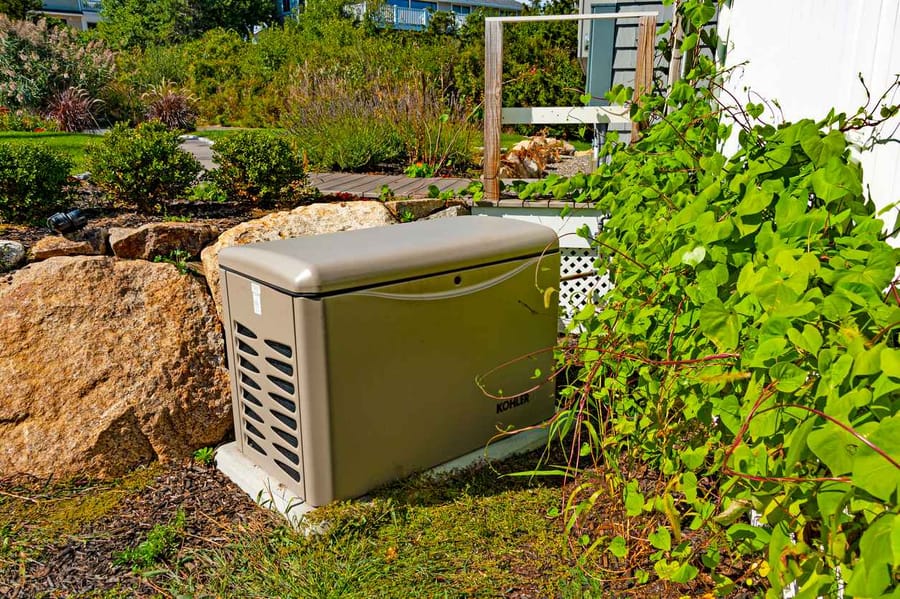
November 21, 2025

November 21, 2025
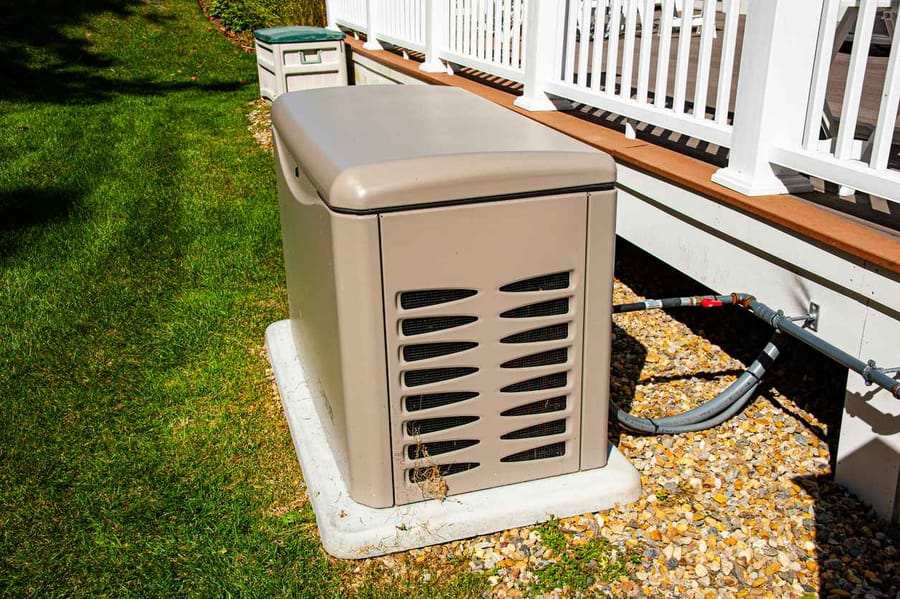
November 21, 2025
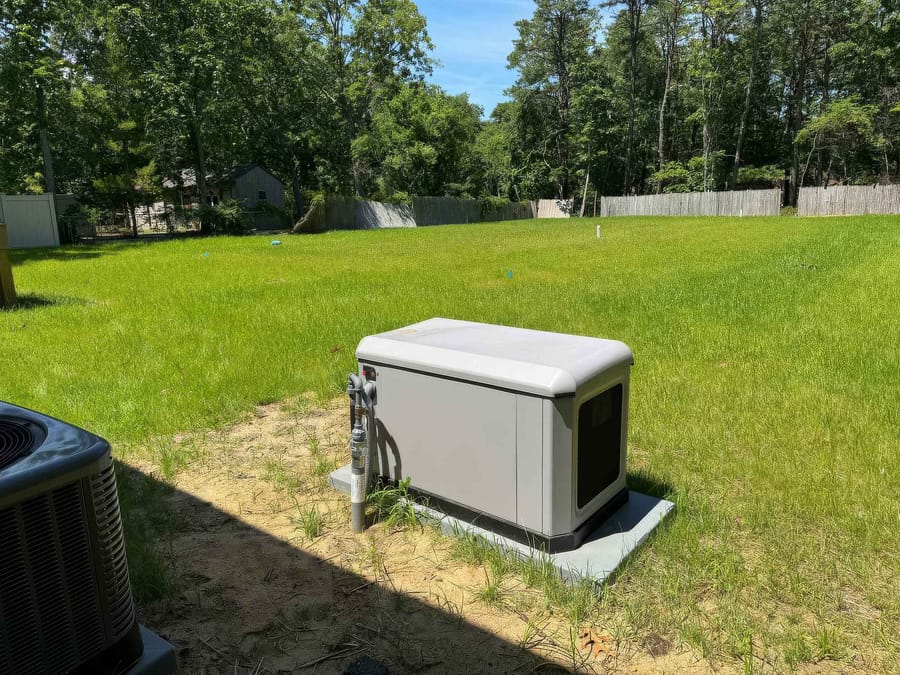
October 29, 2025
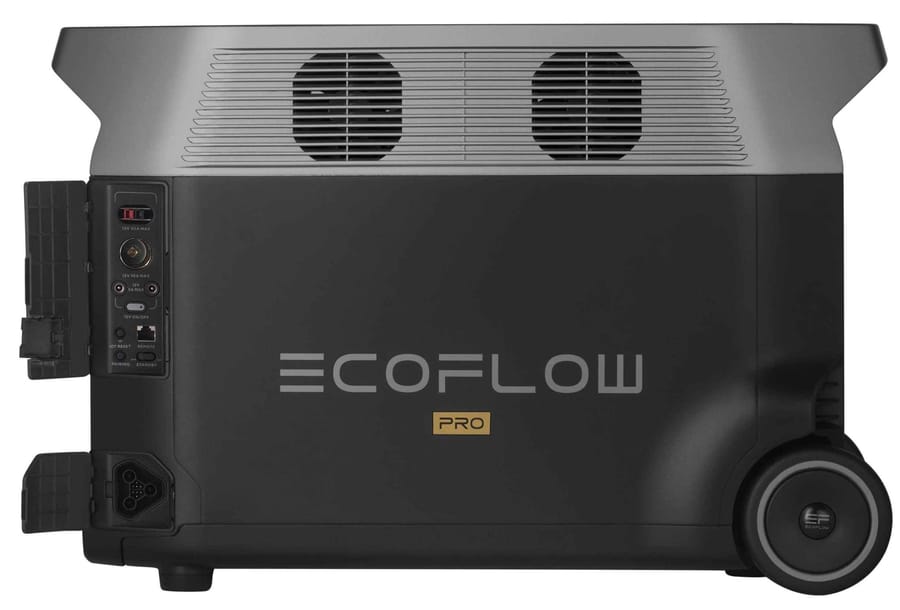
October 29, 2025
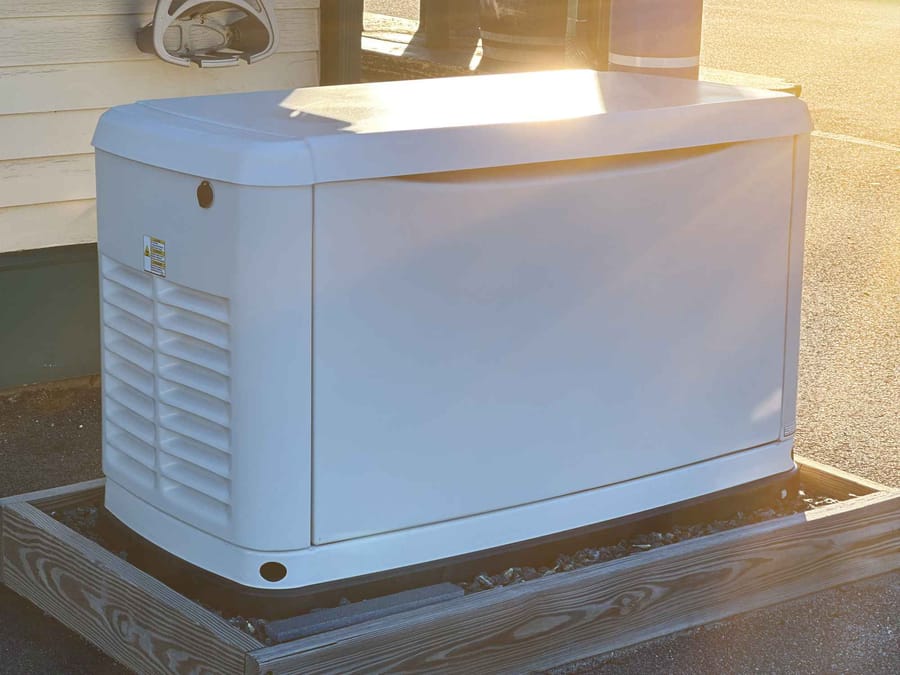
October 29, 2025
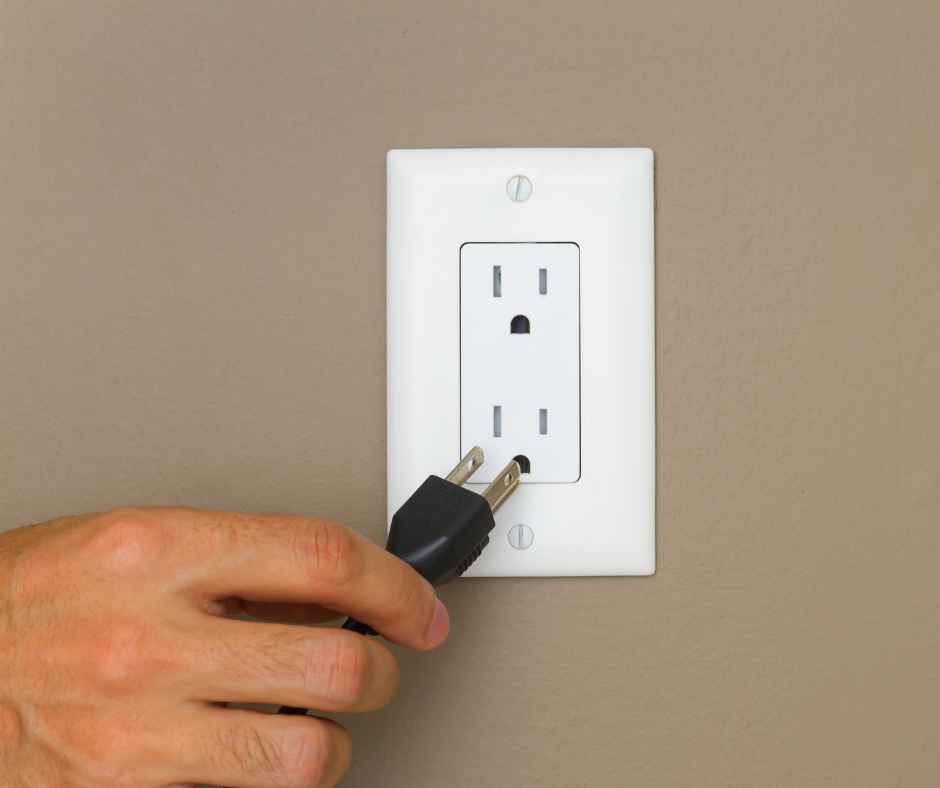
September 26, 2025